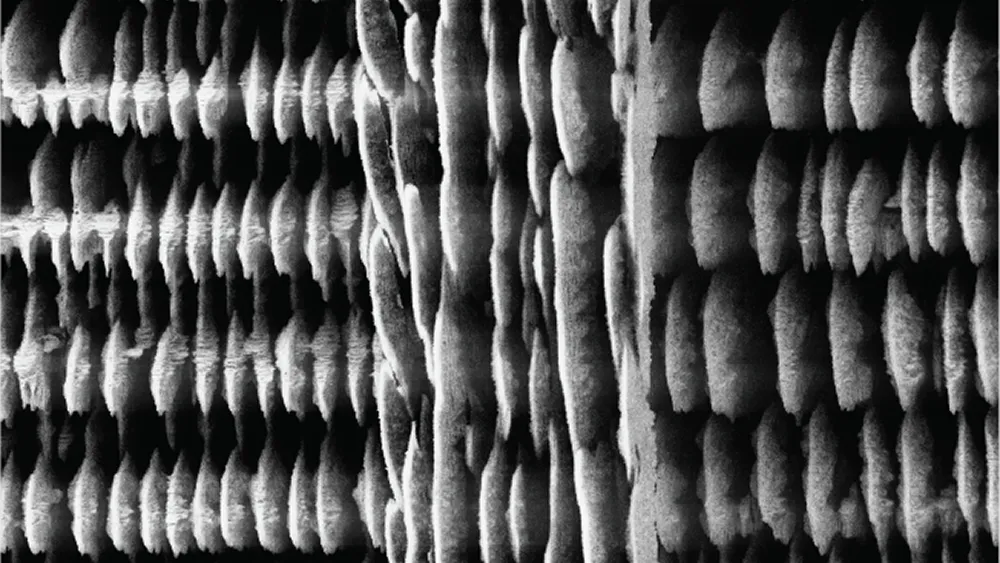3D Printing and Its Impact on Micro Energy Storage Technology

The Impact of 3D Printing on Micro Energy Storage
3D printing is at the forefront of technological innovation, particularly in the field of micro energy storage. Researchers at KTH Royal Institute of Technology have pioneered a groundbreaking technique for producing glass micro-supercapacitors (MSCs), allowing for significantly enhanced energy storage capabilities.
Key Benefits of 3D Printed Micro Energy Storage
- Increased efficiency in energy storage solutions
- Sustainability and reduced environmental impact
- Scalability and customization in design
Applications of Glass Micro-Supercapacitors
- Consumer Electronics: Improved battery life and performance
- Renewable Energy: Enhanced energy harvesting technologies
- Wearable Technology: Compact and efficient energy solutions
The advancements in 3D printing for micro energy storage signify a substantial leap toward sustainable energy solutions. As industries seek innovative methods for energy efficiency, glass micro-supercapacitors are positioned to play a pivotal role.
This article was prepared using information from open sources in accordance with the principles of Ethical Policy. The editorial team is not responsible for absolute accuracy, as it relies on data from the sources referenced.